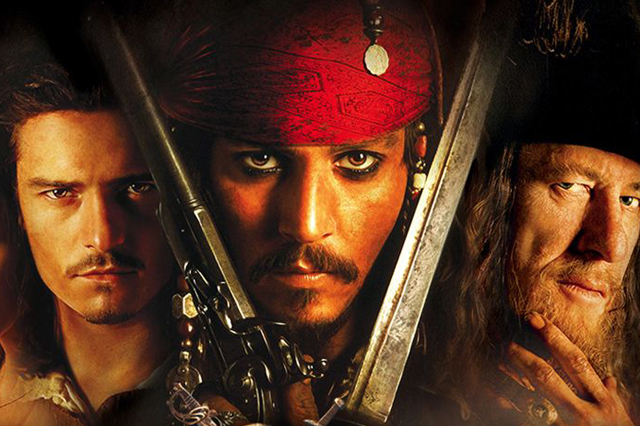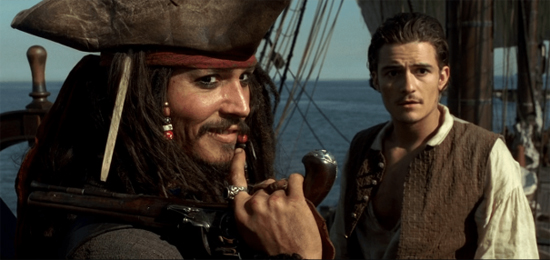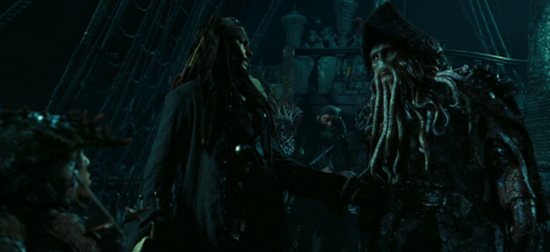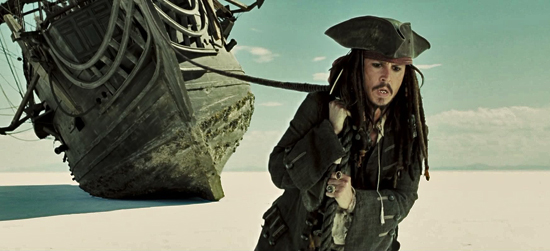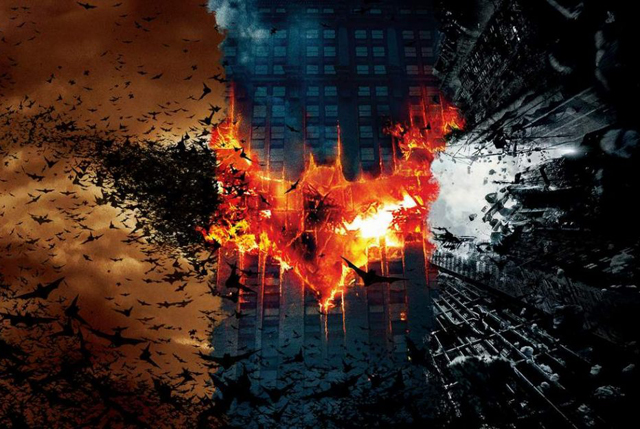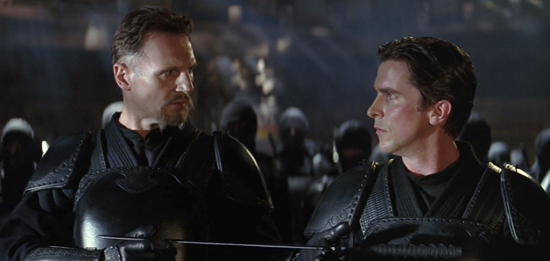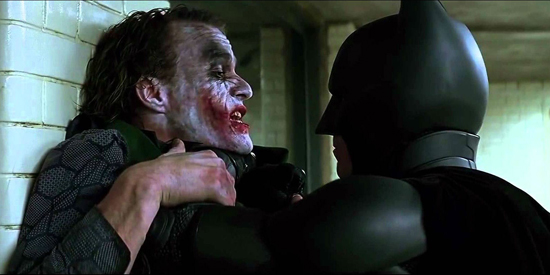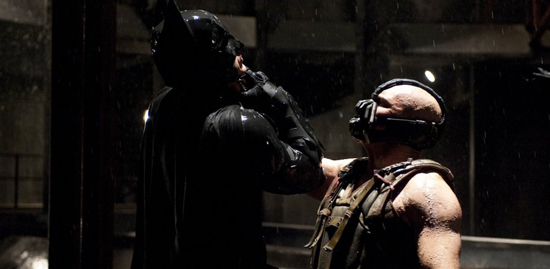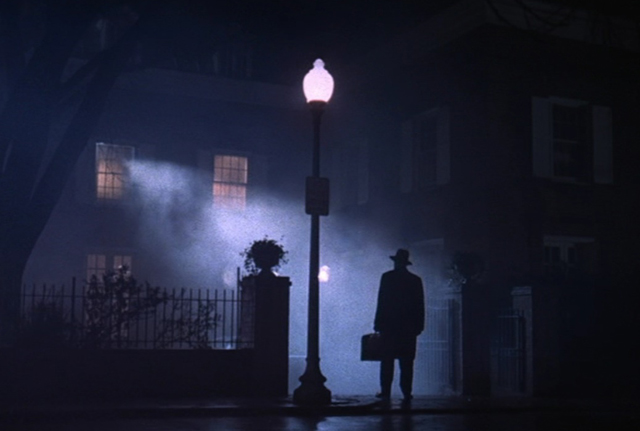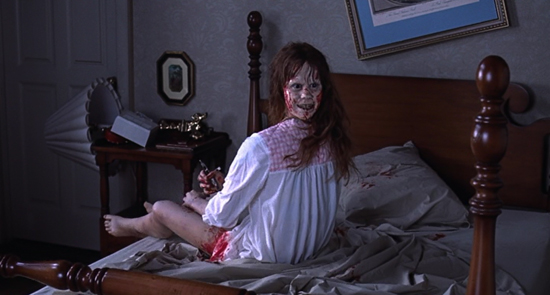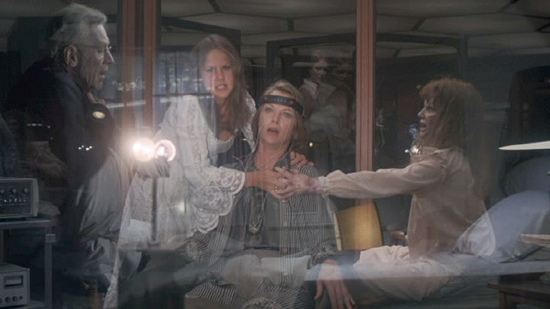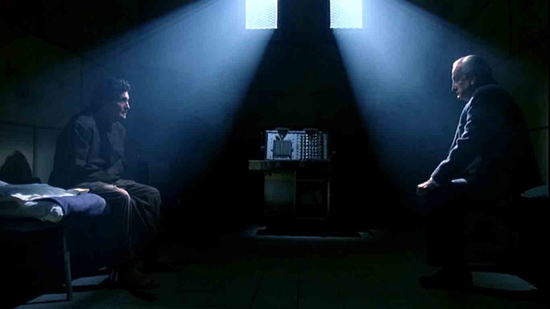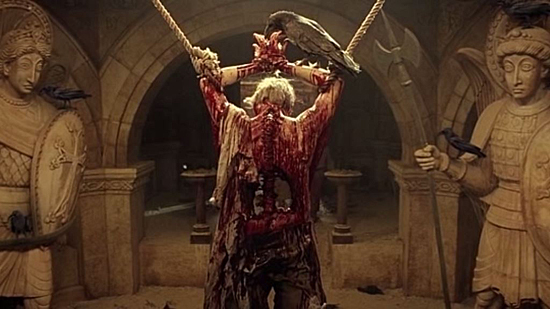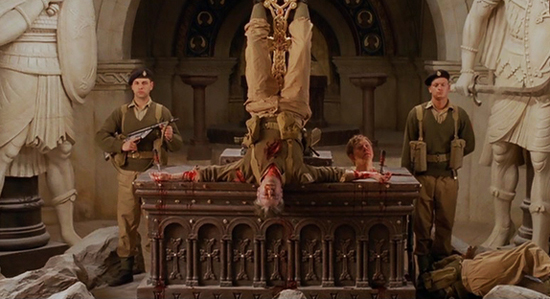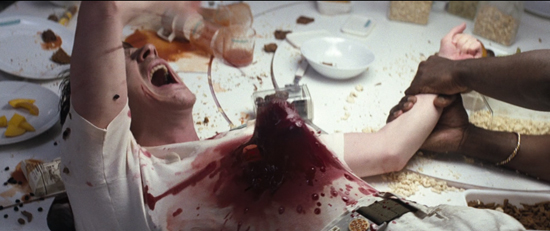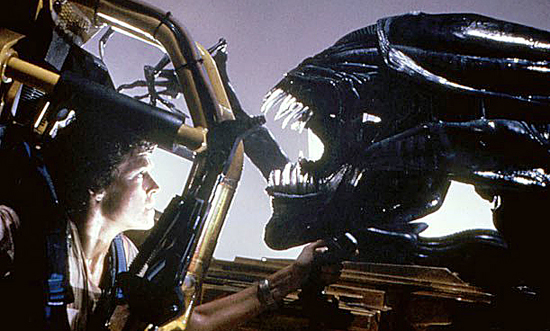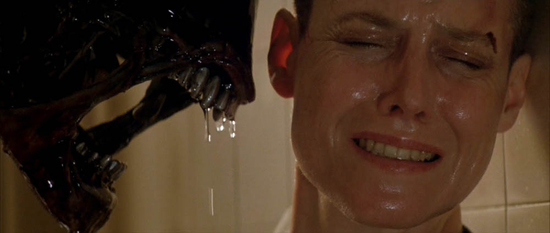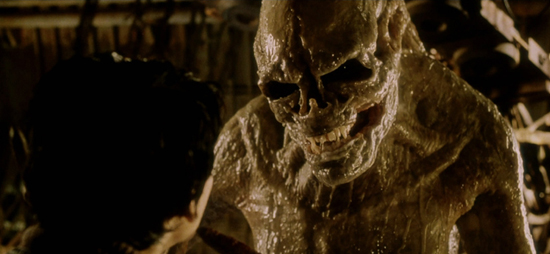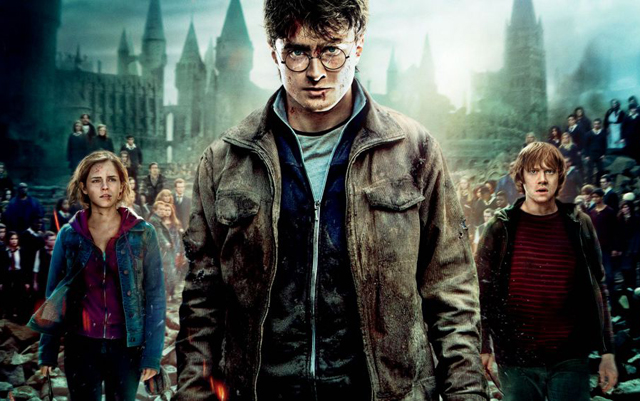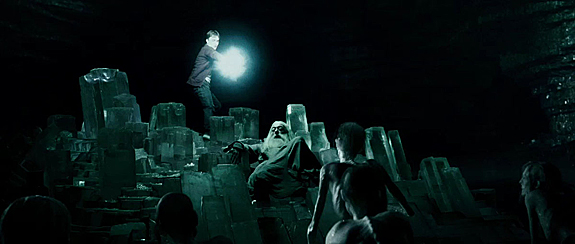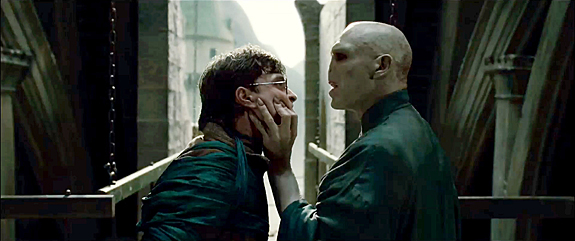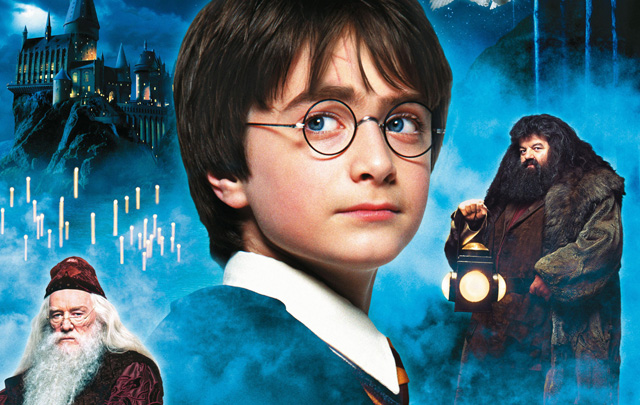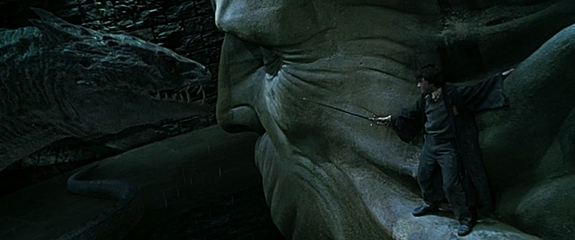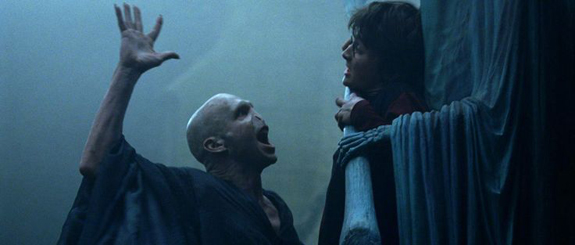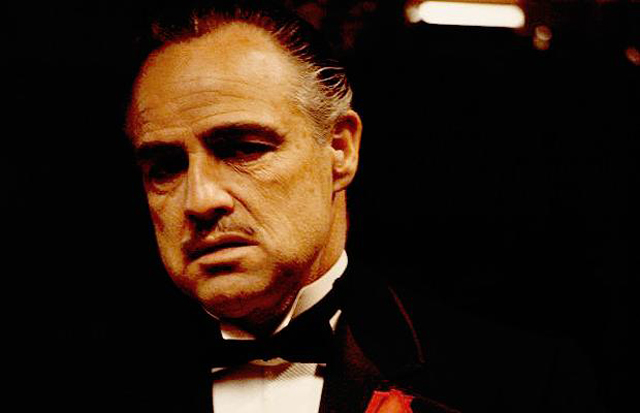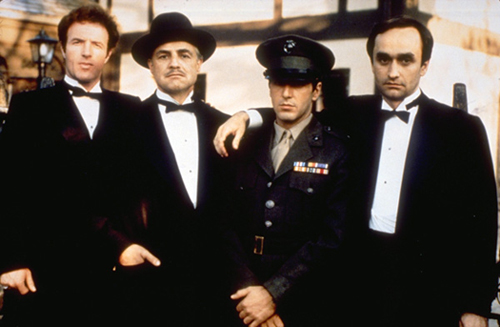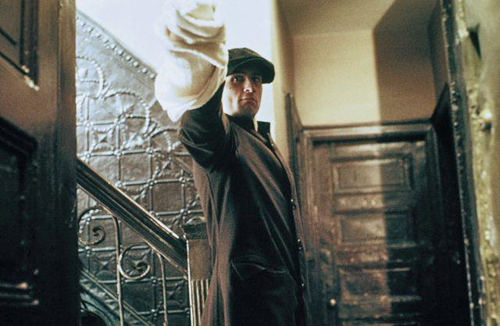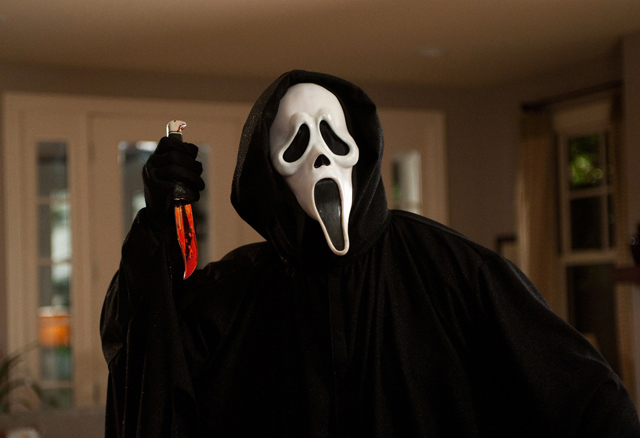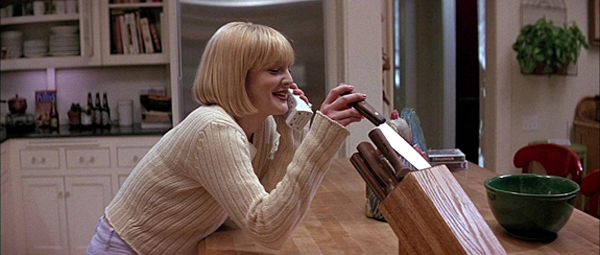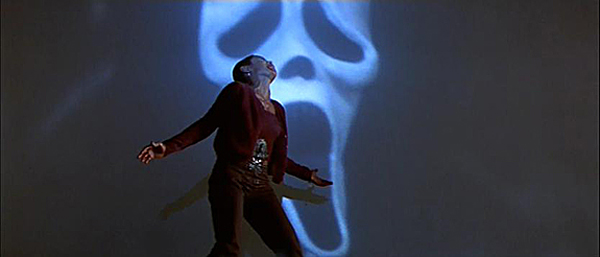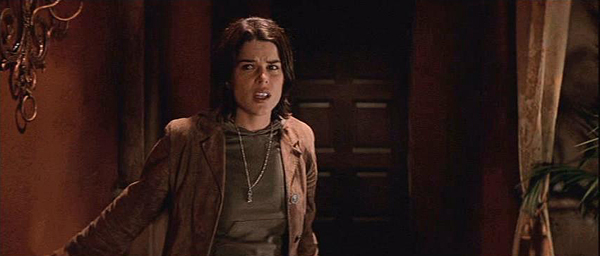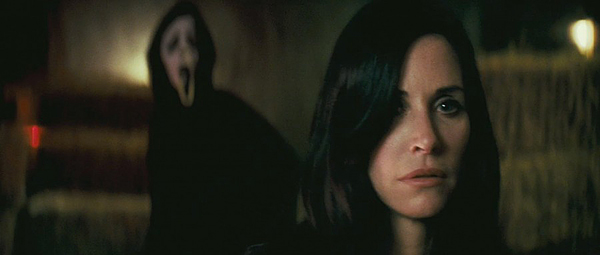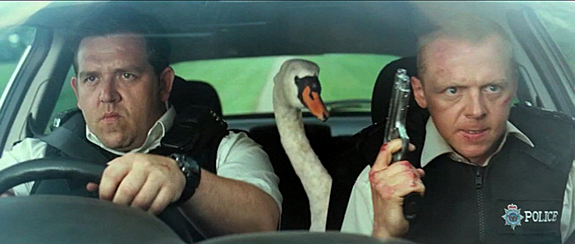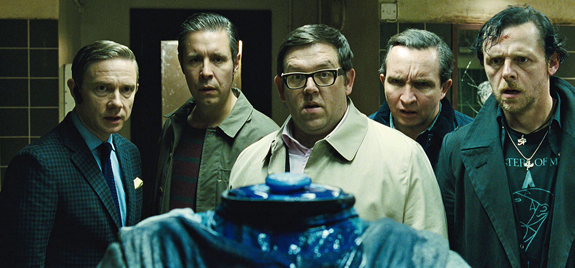
If there ever was a franchise that stood out in Hollywood above everyone else, it would be Star Wars. Even the modern concept of what is considered a franchise uses Star Wars as it’s prime example. It was the movie that launched the blockbuster era and began a revolution within the industry with everything from visual effects to merchandising. Even more astounding is the long legacy that it has endured over the last 40 years since it’s premiere. The franchise that Hollywood at one time dismissed as a science fiction folly now touches the lives of fans from across the globe, and has become one of the most profitable properties of all time, if not the most. And to think, it all started with a fresh, young filmmaker who was nostalgic for the old sci-fi classics of his youth. George Lucas, was raised on old serial sci-fi adventures like Buck Rogers and Flash Gordon, and he held onto those memories as he began to devise what would become the movie that defined him as a filmmaker. Hot off the success of the 50’s throwback American Graffiti (1973), Lucas began outlining what would eventually become Star Wars, and while he did have to scale back a lot of his original vision, he nevertheless stumbled upon a story that fit his desire to create a return to those serials of old. Borrowing inspiration from things as varied as Fritz Lang’s Metropolis (1927), Akira Kurosawa’s The Hidden Fortress (1958), and Frank Herbert’s novel Dune, he crafted a basic story of good versus evil, where a young boy named Luke Skywalker rises up to challenge an evil empire that has conquered much of the galaxy. Along the way, he is joined by mentors like Obi-Wan Kenobi and Yoda who teach him to harness the powers of the Force, a mystical source that grants him incredible power. But he doesn’t go into danger alone, with colorful characters like Princess Leia, Han Solo, Chewbacca, C-3PO and R2-D2. While still derivative of many different things, George Lucas still manage to frame all of it in a beautifully constructed narrative that not only grabbed a hold of audiences, but has spawned a whole mythology unto itself, much of which even exceeds what Lucas himself had originally envisioned.
With this being a particularly banner year for the Star Wars franchise, with the conclusion of the Skywalker Saga coming this winter with the release of Episode 9 – The Rise of Skywalker, as well as the much anticipated opening of Star Wars: Galaxy’s Edge in both Disneyland and Disney World, I felt that it was a good time to look over the films that have made up this granddaddy of franchises in this series. In particular, I will be focusing on the films that have made up what is now considered the Skywalker Saga, which has been the mainline narrative of the franchise. This is the one that started with George Lucas’ original film and has continued through three separate trilogies from three different eras. For a start, I will take a look at the original trilogy where it all began, and then hopefully by the time Rise of Skywalker comes out, I will be able to cover a second part, discussing the prequel trilogy, with a concluding one months after the release of the final film. Following the order of release allows me to look at how each film continued to build upon one another and look at how the series managed to build and refine it’s world with every subsequent release, as well as how it managed to both meet and subvert the expectations of it’s audiences over time. So, without further ado, let’s take a look at that mythic story from a long time ago, in a galaxy far, far away.
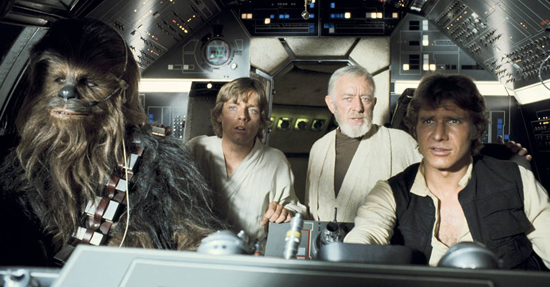
STAR WARS: EPISODE IV – A NEW HOPE (1977)
Directed by George Lucas
It’s hard to say anything about this movie that hasn’t been said already. Every once and a while, you have these movies that just come out of nowhere and change cinema as we know it, and Star Wars was one of those movies. Nobody knew really what to expect about this movie at first; space ace adventures where all too common in Hollywood in the past few decades, most of them often falling into the B-movie bin. But, Lucas had more ambition than just making another run of the mill sci-fi epic. One thing that helped him achieve his more ambitious vision was the groudbreaking effects that were constructed for him by the upstart team at the newly formed Industrial Light and Magic. Taking their cue from the groundbreaking work by Douglas Trumball in Stanley Kubrick’s 2001: A Space Odyssey (1968), ILM crafted and even invented new ingenious ways to film little model ships to make them move more dynamically across the screen. Also, in partnership with the people at the Jim Henson Workshop, they created creatures with puppetry and prosthetic make-up that looked unlike anything people had ever seen before on screen. But, if there was anything that helped to set the movie apart more than anything else, it was the now iconic score that was composed by John Williams, who gave the movie the operatic feel that it very much needed. And all these things working together is what helped to make this movie not just successful, but legendary. People who saw it on the screen for the first time will always remember the rush they got from that first flyover of a Star Destroyer in the opening scene. In that moment, you see everything, the score, the visual effects, and the scale of vision all working together to create a true cinematic moment. The world of cinema would never be the same after those opening minutes.
But the true key to Star Wars success comes not in how it opens, but in how it plays through and that more than anything relies upon the real thing that makes Star Wars special; the characters. Luke, Leia, Han, Chewy; these characters have become icons that have warmed their way into the hearts of multiple generations. And no doubt, the perfect casting across the board played a big part in making these characters work. Mark Hamil, Carrie Fisher and Harrison Ford were relatively unkonwn at the time of the movie’s release, and their fresh faces were exactly what the movie called for. This was a movie that needed characters and not stars to drive it, and that has helped to make the actors who played these roles favorites to so many. To this day, the actors who play a role in a Star Wars movie take that honor with special distinction, knowing that they are the stewards of a part of this growing and increasingly influential mythology. The only part of the cast that was filled at the time with a noteworthy name was Alec Guiness in the role of Obi-Wan Kenobi, which helped to give the movie some gravitas during it’s making as the Oscar-winning performer was well known to the Fox execs who were fronting the bill for the movie. A mixing of performances also helped in a great way to bring to life the iconic villain of Darth Vader, with body-builder David Prowse giving the masked foe a massive physical presence, while James Earl Jones provided him an intimidating, powerful voice. Really, everything about the movie has achieved iconic status on it’s own. Every line of dialogue is quoted pretty much everywhere, and iconic elements like the Death Star, the dual suns of Tattoine, the Millennium Falcon, and the lightsabers are referenced everywhere in pop culture. It’s a movie that has it’s roots deep in the collective culture and has a rightful place to be there. Lucas, originally had planned for more of an epic story, but for the first Star Wars, he rolled everything back into just what ended up being the first act of his original story. When the first movie broke all box office records, he was finally able to complete the rest of his story, now that he had seen it work the first time. He rechristened the original movie Episode IV: A New Hope, cheekily referencing the old serials that had inspired him as a child, and began embarking on what was about to come next: Episode V.
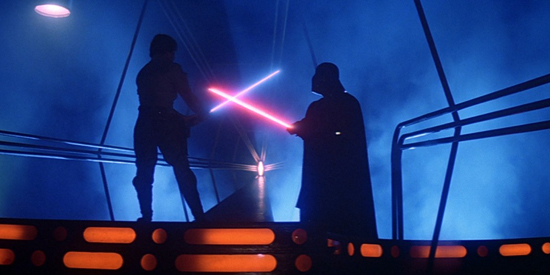
STAR WARS: EPISODE V – THE EMPIRE STRIKES BACK (1980)
Directed by Irvin Kershner
The massive success of the original Star Wars put a lot of pressure on George Lucas and his team to make something that could reach those same heights. Sequels were not uncommon, but rarely did they ever match the original, let alone exceed it. Thankfully, George Lucas had enough story material still up his sleeve to continue the story even further, but interestingly enough, he decided to not continue on as the director. Instead he brought on Irvin Kershner to direct, an up and comer from the Roger Corman class, known for comedies like A Fine Madness (1966) and S*P*Y*S (1974). In addition, he hired other screenwriters to adapt his story ideas to the screen. One was legendary writer Leigh Brackett, who had been one of the leading screenwriters of the Golden Era of Hollywood, writing classics like The Big Sleep (1946) and Rio Bravo (1959). She wrote a draft for what would be The Empire Strikes Back before she succumbed to cancer in 1978. After that, Lucas hired Lawrence Kasdan to flesh out Brackett’s original draft and his input would even further leave an impact on this franchise going further. Kasdan is much more of an introspective writer compared to George Lucas, who is more concerned with world-building, and what he brought to the table was very fleshed out character development. The essential Star Wars elements are all still there, but we get more of a sense of the personal drama at play here, with Kershner and Kasdan offering a more intimate portrait of these characters than we’ve ever seen before. And because of that, the movie not only matched it’s predecessor in the eyes of most fans, but it even exceeded it. The Empire Strikes Back is largely considered to be the best film in the Star Wars series, and in many regards is considered to be the greatest sequel of all time; even eclipsing the Oscar-winning Godfather Part II (1974). A New Hope may have been the movie that catapulted the Star Wars name to iconic status, but Empire Strikes Back is what cemented it forever there.
There are so many things that began with Empire that have now become legendary in the annals of Star Wars history. It introduced characters like Lando Calrissian (played with suave gravitas by Billy Dee Williams), Yoda (puppeteered and voiced by Frank Oz) and Boba Fett to the narrative, all of whom have become icons in their own right. It also paid off many story threads that audiences were waiting to see realized, like the budding courtship of Han and Leia which gave us the now immortal romantic exchange of “I love you,” “I know.” We also are given Luke finally exercising his abilities as he trains in the art of the Jedi; the galaxy’s legendary warrior class who had mastered the Force. Luke’s Jedi training scenes are particularly noteworthy as Mark Hamill often had to perform his scenes acting opposite what is essentially a Muppet. Frank Oz broke new ground with his performance as Yoda, giving the sculpted foam puppet emotional resonance never seen before, showing that you could indeed give an Oscar worthy dramatic performance even through puppetry. But, Empire’s emotional resonance became all the more important as the movie ended up resolving in the thing that it is most well known for; it’s shocking twist ending. Luke faces his arch-nemesis Darth Vader in a long expected showdown at the film’s climax, and every known trope in science fiction tells you that this is where good will triumph over evil. But, Luke fails in his fight against Vader, losing a hand in the process. And then, the bombshell is dropped on him. Luke had long believed that Vader had been the one who killed his father, but Vader shockingly reveals that (spoiler!), he is actually Luke’s father. This revelation shook the world when it was first revealed. Up until then, we had never seen our heroes be so thoroughly defeated, and to have our notions of good and evil challenged so much. How can Luke be the chosen hero, when his father is the bad guy? By the time the credits rolled, audiences were shocked, confused, and eager to see what was next. Many films have tried to replicate this mother of all twist endings, but few have ever succeeded. And with the status quo so thoroughly upended, anything could happen in what adventure came next.
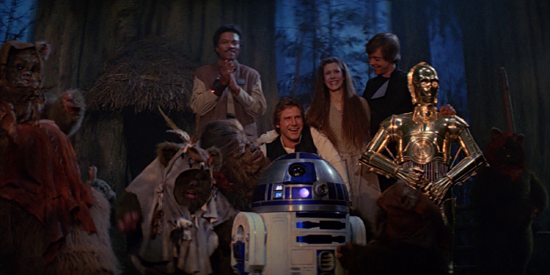
STAR WARS: EPISODE VI – RETURN OF THE JEDI (1983)
Directed by Richard Marquand
No doubt The Empire Strikes Back left Star Wars in a rarefied place, but the only question remained was whether they could stick the landing with what was then seen as the final chapter of this story. Lawrence Kasdan was again tasked with writing the script, but finding the right director proved more difficult. Lucas originally wanted his colleague and friend Steven Spielberg to direct, having just come off their collaboration on Raiders of the Lost Ark (1981). Spielberg, however, wanted to continue pursuing his own projects and opted to make E.T. The Extra-Terrestrial (1982) instead. So, after an extensive search, Lucas eventually gave the reigns to Richard Marquand, another director like Irvin Kershner known for his more intimate and small scale films. Return of the Jedi is decidedly less character driven than the previous two films, instead focusing on resolving all the plot threads set up in the past films. For some, many of the resolutions are not as satisfying as one would’ve hoped. Though not a failure by any means, Return is widely seen as the weakest of the original trilogy. And where many of the complaints against the film lie is in the introduction of the Ewoks, cuddly bear like creatures that look like they were designed purely to appeal to younger viewers, and help sell merchandise. The Ewoks themselves are not bad characters, but the abundance of their presence in the movie and the fact that they are instrumental in bringing down the empire does feel like a cop out as part of this epic story that had been building up to this point. Also, the fact that character development basically just stops for Han and Leia is pretty disappointing as well. Whether these shortcomings resulted from Star Wars perhaps becoming too big and unable to sustain it’s massive narrative ambitions is unsure, but at the same time, none of it ever breaks the series completely.
If the movie has one thing that it triumphs at, it’s in resolving the Luke/Vader dynamic, which had been so memorably elevated in the previous film. Much of the movie’s most memorable scenes revolve around the question of whether the light side or the dark side will win out in the end; with both Luke and Darth Vader trying to persuade each other to move from one to the other. These scenes also introduce the incredible addition of Emperor Palpatine as the primary antagonist for this closing chapter. Remarkably portrayed by actor Ian McDiarmid, the Emperor is an all time great villain; coolly manipulating these two Jedi warriors to his own ends, pitting them against one another in the hopes that he can wield his control over the victor, who will inevitably be the most powerful Jedi of them all. Every scene with the Emperor, Luke, and Darth Vader is among the greatest in the series as a whole. It’s not surprising that Lucas himself has wanted to revisit the Emperor several more times in films since, given the strength of McDiarmid’s performance. The movie also offers up even more epic scale than what had previously been seen, with ILM having refined their techniques over the course of the series. We not only get shootouts in the far reaches of space, but full on battles on a biblical scale. Narrative shortcomings aside, Return of the Jedi is a culmination of everything that Lucas and company had learned to date. Starting out as young upstarts, these film-making pioneers had grown by leaps and bounds and were now at the top of the ladder in Hollywood. To see the level of growth over these three movies is really amazing to watch and that in many ways helps to make Return feel like a satisfying conclusion. Same proved true for the characters; Luke has become a Master Jedi, the evil Empire is toppled, Han and Leia finally confirm their love, and Darth Vader even finds redemption in his dying moments. All good stories come to an end, and Star Wars ended in a spectacular way, at least for a time.
The original trilogy has become the gold standard for franchise building for both Star Wars as a brand and also Hollywood in general. It’s easy to see the influence that this trilogy has had on the world building, narrative progression and visual ambitions of epic franchises like The Lord of the Rings, Pirates of the Caribbean, and so many more. Even Empire Strikes Back downer ending has been influential for making middle chapters of these epic franchises darker than the rest. Would Marvel’s Avengers: Infinity War had ended on it’s shocking final note had Empire not tried to leave it’s audience stunned first. There’s no end to the legendary impacts that the original trilogy left on the industry as a whole, and it certainly left a big impact on it’s creator as well. George Lucas took the goodwill and earnings that his creation brought to him and used all that to create an empire all on his own, separated from the hustle and bustle of Hollywood. He established Skywalker Ranch up in Marin County, California, which is an all in one facility where his team of artists can create and work close to home, and where Lucas himself was able to fully craft the kinds of movies that he wanted to make. Though Star Wars will always give George Lucas a hallowed place in the eyes of fans all over the world, repeating his past success has still proven elusive, and that’s probably why he allowed his creation to pass hands to someone else, knowing that he may never get a chance to let it grow the way it should. With a landmark deal made in 2012, Star Wars became another shiny jewel in the Disney crown, as George Lucas sold Lucasfilm, the studio he built, to the media giant. Though Disney is in charge of this franchise now, Star Wars will forever be seen as a Lucas creation. It’s proof positive that the great stories of our time can come from the simplest beginnings; where a young man wanted to scratch a nostalgic itch and share a once forgotten inspiration with the world, and in turn make it feel new again. He wanted to tell us a story, and in turn opened up a galaxy onto our world, with characters, creatures and worlds that will stand the test of time in all our imaginations. The Force is forever strong with the legacy of Star Wars.
